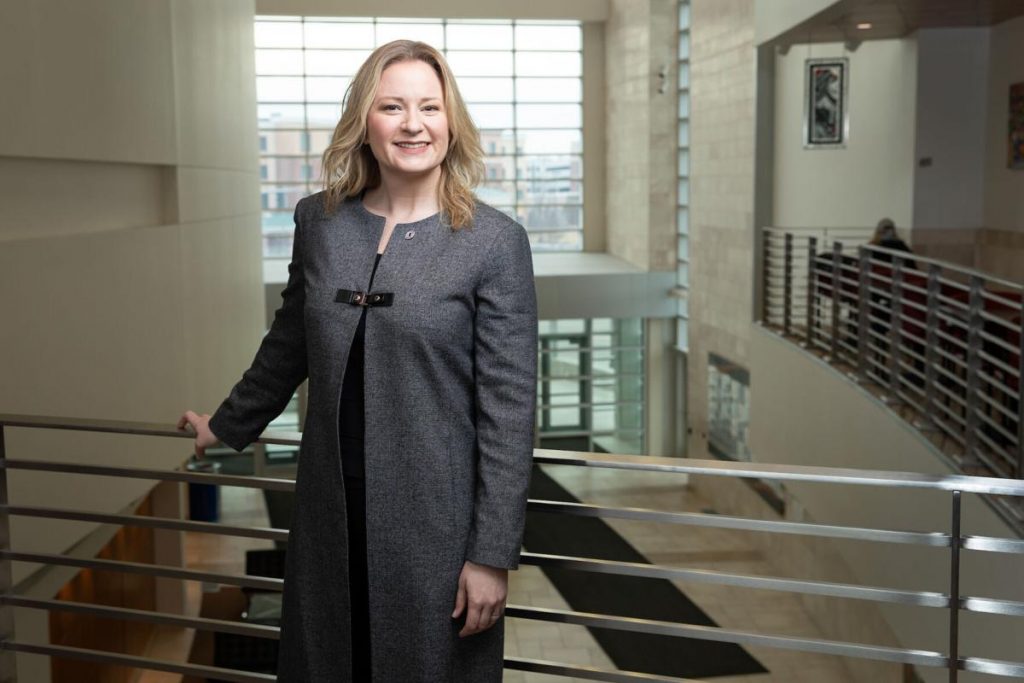(p. A1) After decades of stops and starts, Omaha is the closest it’s ever been to the development of a modern streetcar line.
But where city officials and local developers see an asset for economic development connecting midtown to the riverfront, one transit professional urges caution.
Tom Rubin knows a few things about public transportation and finance, having worked as the chief financial officer for the large transit system serving Los Angeles. And the Omaha native is skeptical of the plans for a streetcar in his hometown that he fears could financially run off the rails.
He’s concerned that rising inflation and interest rates could raise the cost of building the system and at the same time reduce the private development that’s being counted on to pay for it.
He questions why the city has not thought further about pursuing federal dollars to help defray the construction costs.
(p. A3) And he thinks there needs to be much more independent study of its financial feasibility beyond the lone review to date that was written by an engineering firm in the business of designing streetcars.
. . .
Rubin is not an Omaha taxpayer. But the Omaha native, who has more than four decades of experience in public transit as a senior executive, consultant, auditor and author, has taken an interest in the Omaha proposal.
Rubin founded the transit practice of what is now accounting firm Deloitte, formerly served as CFO of the nation’s third-largest public transit system in Los Angeles and has served as a consultant to numerous federal, state and local transit agencies and planning organizations.
He also has written papers and studies on transit issues for groups as varied as the Environmental Defense Fund and the free-market Reason Institute. He has said he may seek to publish a paper on the Omaha project.
. . .
“What is the magic that will make people decide to put their new office building along the streetcar route?” he said. “I’m far from convinced that putting tracks down generates development.”
Streetcar supporters disagree, often pointing to the Kansas City streetcar as a shining example of the development potential.
. . .
But there are other systems built in recent years that Rubin holds up as less than ideal. He mentioned St. Louis, where a streetcar shut down shortly after going into service. In that city, the line’s developers chose a route that did not have nearly enough ridership to support it.
Rubin said the current economic environment also raises concerns about bonding the Omaha project. Inflation could raise building costs, and higher interest rates figure to raise the cost of borrowing.
“It’s a lot easier to show you can make the debt service with a 2.5% bond than a 5% bond,” he said.
And higher interest rates also could slow development along the streetcar line. Less development would mean fewer TIF dollars to pay the bonds.
Another concern Rubin raises is the high cost of the streetcar system, which he said makes it hard to justify as a mode of transit. It is much more expensive per rider, for example, than Metro’s new ORBT rapid bus transit service.
Rubin said that prior to a major investment in a streetcar, an independent and unbiased analysis of the alternatives is needed. The HDR draft analysis at this point isn’t enough to convince him the streetcar is either a good idea or financially feasible for Omaha.
He noted Omaha-based HDR has long been a heavy hitter in the world of massive transit projects, including streetcars. On the Omaha project, the company did some initial design work on the streetcar route, utility coordination, the location of the streetcar vehicle maintenance facility and vehicle specifications.
. . .
Rubin acknowledged the Kansas City streetcar is working well but questioned whether Omaha could replicate that success. He’s not sure the Omaha route would be as viable as the one in Kansas City, which links the city’s riverfront and downtown with the arena district and Crown Center.
“They have a good route and some things that work well for them,” Rubin said. “I don’t think Omaha, even best case, could be as successful as Kansas City.”
For the full story see:
(Note: ellipses added.)
(Note: the online version of the article was updated Aug. 5, 2022, and has the title “Public transit consultant skeptical of Omaha’s streetcar project.”


